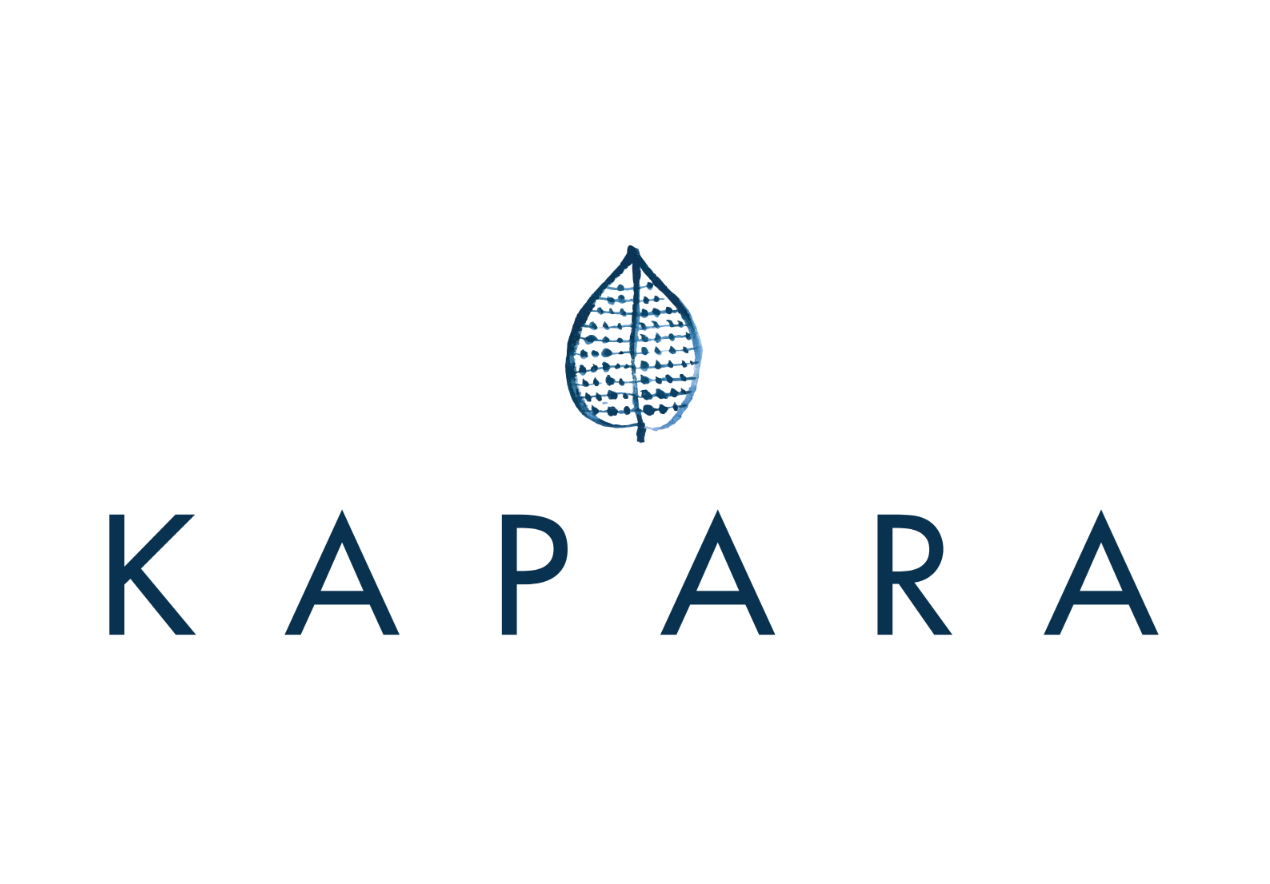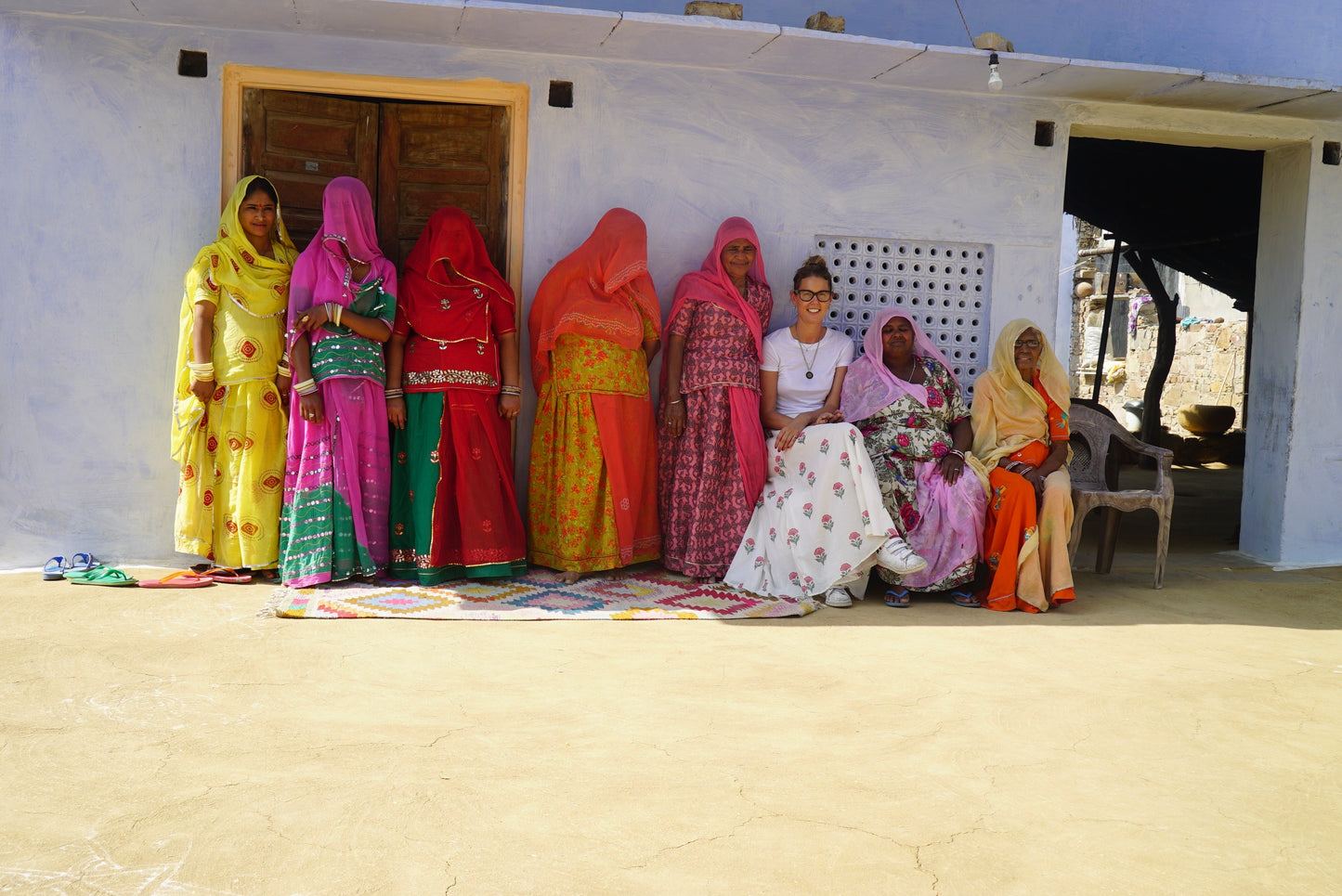
Today we talk textiles, sustainability and Katherines design studio Waysgoose.
Firstly I am interested to know how you would define the word 'sustainable'
I’m glad you have asked what the word sustainable means to me as I feel it is now commonly used and has multiple contexts. For me, in my work, sustainability means to ensure my methods of creation are both socially and environmentally safe. Who made it and where? What impact is it having to all parties, throughout the supply chain? Working with artisan textiles, on a smaller scale, it is easier to come closer to fulfilling these goals but of course there are always challenges and obstacles to overcome.

When designing new fabrics what is the process you go through at the early stages of design?
It totally depends on what the end use of the fabric is. I very much like to design with purpose, with an end product in mind, rather than randomly making patterns/fabrics.
If I am creating printed textiles, I will use start with a mega browse through my books - a personal favourite and great source of inspiration is a collection of books written by John Irwin & Margaret Hall on the Calico Museum (India). Then I’ll do some very rough sketching, progress to a final drawing and then I’ll put this drawing into repeat. Finally I’ll think about how to print it! Usually, it will be a block or screen print but always by hand. Once the design is ready to print, this is really where the fun starts as I am able to experiment with colour and the print process.
The design process is very different when I am designing woven textiles. Currently all of my woven pieces are made in Myanmar. The design process is very much a collaboration between myself and the weavers. Peoples heritage is very important in Myanmar culture and so I am guided by the weavers to a large degree. When I am designing weaves, I will always design from a heritage textile; here the process is to think about the motifs, layout, scale and of course the colour.

What are the main environmental factors that you consider in the design of your textiles?
For me, the two main environmental focuses are the fibre and dyestuff.
I studied textiles at both college and at university. When I was a student, we learned about the characteristics of both fibres and dyestuffs, and although we understood the differences in their composition and behaviour, we had very little teaching and understanding on their origins and global supply.
As designers today, it’s important to share information about the provenance of our materials and the environmental effects of manufacturing. We must aim to adopt regenerative and sustainable practises rather than using ones that detract from the natural world.


Tell us a little more about Wayzgoose
Wayzgoose is a textile design studio; we offer a wide array of customisable textile services from custom hand-drawn or digitally created production-ready repeats to global artisan training and partnerships. We work with both fashion and interiors and have a particularly collaborative approach to working. In addition, we also have our own in-house collections.

Do you currently have a new collection you are working on?
Absolutely! We have two new collections currently en route from Myanmar. Given the recent news of the military coup, supporting our artisans there has never felt so important. The first collection is a heritage collection woven in collaboration with Turquoise Mountain, as part of their textile conservation programme. The focus of the collection is on heritage motifs, colours and techniques. Each piece is woven on a backstrap loom, the oldest and most traditional method of weaving in Myanmar. The second collection is focused on natural dyes, using local dyestuff such as indigo, dregea volubilis (a topical plant native to Asia) and sappan wood. The collections are for interiors and include both accessories and fabrics by the metre.


